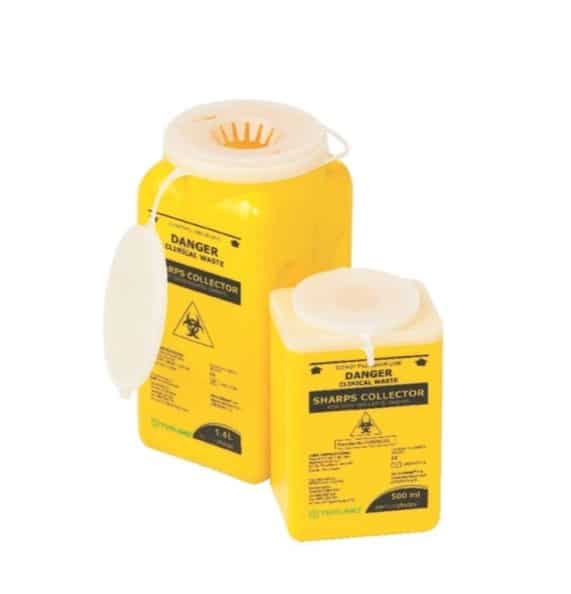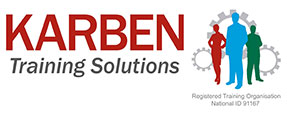FIRST AID ESSENTIALS
CONSIDERATIONS
What is ‘First Aid’?
First Aid is the care provided prior to emergency personnel attending to a scene.
Emergency personnel consists of:
- Ambulance
- Police
- Fire
- SES
When determining if you should call an ambulance, you need to consider the severity of the injury, the patient’s role in the decision, and if the incident is life-threatening.
Either way, the decisions made in initial care really matter!
When providing care to someone, we don’t save lives – we maintain body systems – even with CPR it is about maintaining oxygen to the brain.
The objectives of this session are to teach you the basics around preserving life until emergency help arrives!
Consent
Before treating a competent victim of illness or accident, a rescuer must obtain their consent.
If the victim has impaired decision-making capacity the consent of a substitute decision-maker should be obtained whenever possible.
A person has impaired decision-making capacity (incompetent) if they are not capable of understanding, retaining, using or communicating any information relevant to making a healthcare decision.
Adults are assumed to be competent unless they have impaired decision-making capacity.
Children are regarded as having impaired-decision making capacity until the age of 18. However, most states permit younger persons to make decisions if they are able to understand the issues involved.
If they are not comfortable, you risk increasing their blood pressure, elevating this increases the risk of shock ultimately putting the person at greater risk or making their condition worse.
Duty of care
While at work, you have a duty of care to the health and wellbeing of certain people. For example, those working in restaurants have a duty of care to their customers; teachers have a duty of care to their students; support workers have a duty of care to the person they are supporting and a coach has a duty of care to their players, etc.
While driving, you have an obligation to other drivers on the road to attempt to pull over if it is safe to do so and there is no emergency personnel already at the scene. If not safe to do so, continue through and call emergency services to make them aware of the incident.
Specific legislation may apply in each State or Territory.
Reporting and documentation
All incidents, regardless of how minor, should be reported to your workplace through the appropriate incident reporting processes.
For paper-based reports or documentation relating to incidents and first aid treatment provided within the workplace, remember to use blue or black pen and ensure all records are completed within 24 hours. However, ideally, documentation will be completed as soon as possible after all first aid has been rendered.
Privacy
When responding to a first aid incident, it is important to always maintain the privacy of the casualty and others involved.
You are not to discuss any information about the casualties unless through the correct channels:
- Debriefing with management personnel in accordance with workplace policy
- With medical/emergency personnel
- Where requested as part of an official request
It is never okay to share personal information about a casualty on social media.
First aid kits
As per Safe Work Australia, all workers must have access to a first aid kit. This means that there must be at least one first aid kit within every Australian workplace.
The first aid kit should provide basic equipment for administering first aid for injuries including:
- Cuts, scratches, punctures, grazes and splinters
- Muscular sprains and strains
- Minor burns
- Amputations and/or major bleeding wounds
- Broken bones
- Eye injuries, and
- Shock

The contents of first aid kits should be based on a risk assessment. For example, there may be higher risk of eye injuries and a need for more eye pads in a workplace in which work involves machinery or chemicals. For example, where:
- Chemical liquids or powders are handled in open containers
- Spraying, hosing or abrasive blasting operations are carried out
- There is a possibility of flying particles causing eye injuries
- There is a risk of splashing or spraying of infectious materials, or
- Welding, cutting or machining operations are carried out.
Extra equipment may be needed in remote workplaces, for example for serious burns, breathing difficulties or allergic reactions.
For more information on first aid kits including the recommended contents of a typical first aid kit, refer to the Model Code of Practice: First aid in the workplace.
Infection control
Infection control is vital to ensure your own safety and that of those you are assisting.
At all times you should use Personal Protective Equipment such as:
- PPE
- Gloves
- Eye wear
- Sterile or clean dressings
- Band aids
In the case of needle stick injuries:
- If needle is still in the person, do not remove it.
- If the needle is not insitu (in the body) retrieve and place in either an “empty” sharps portable container or a sealable and non-perforatable container such as a drink bottle or Tupperware container.
- Wash the stick injury site with warm, soapy water for approximately 30 seconds.
- In most cases, you won’t need to call an ambulance however assistance to hospital or doctors is required.

Stress and limitations
Any first aid is better than none, however not everyone is great in a first aid situation. Limitations exist for everyone in a first aid setting and not everyone can handle every condition.
You should get other people involved if you recognise that you are not able to cope with the first aid situation you are confronted with, and this can include calling Triple Zero (000).
It is important to recognise distress in yourself: physical symptoms include: headaches, upset stomach, elevated blood pressure, chest pain, problems sleeping that can occur straight away or build up over time.
Some things that can assist you in maintaining better stress levels include:
- Talking to supervisors
- Recognising your response to stress – especially where you may have a negative response and try to eliminate
- Exercise
- Relaxing activities
- Coping techniques such as meditation
- Look at accomplishments
- Remember to breathe
When in doubt; Call for help!
Calling for help
- Triple Zero (000) is Australia’s primary telephone number to call for assistance in life-threatening or time-critical emergency situations, which can be dialled from any fixed or mobile phone, payphones and certain Voice over Internet Protocol (VoIP) services.
- The secondary emergency call service number in Australia is 112. 112 is available from all GSM or GSM derived mobile phones.
- 106 may also be used for people who have a hearing or speech impairment. All calls to the emergency numbers, whether from fixed, mobile, pay phones or VoIP services are free-of-charge.

When calling from a mobile telephone
112 is a secondary emergency number that can be dialled from mobile phones in Australia. Special capabilities, including roaming, once only existed when dialling 112, however mobile phones manufactured since January 2002 also provide these capabilities when dialling Triple Zero (000) to access the Emergency Call Service.
There is a misconception that 112 calls will be carried by satellite if there is no mobile coverage. Satellite phones use a different technology and your mobile phone cannot access a satellite network.
Important – if there is no mobile coverage on any network, you will not be able to reach the Emergency Call Service via a mobile phone, regardless of which number you dialled.
To find out more about calling Triple Zero (000) from a mobile telephone, visit the Australian Communications and Media Authority website.
How to call Triple Zero (000)
Stay focused, stay relevant, stay on the line
The Triple Zero (000) service is the quickest way to get the right emergency service to help you. You can contact Police, Fire or Ambulance in life-threatening or emergency situations.
Assess the situation
- Is someone seriously injured or in need of urgent medical help?
- Is your life or property being threatened?
- Have you just witnessed a serious accident or crime?
If you answered YES call Triple Zero (000).
Make your call
- Stay calm and call Triple Zero from a safe place.
- When your call is answered you will be asked if you need Police, Fire or Ambulance.
- If requested by the operator, state your town and location.
- Your call will be directed to the service you asked for.
- When connected to the emergency service, stay on the line, speak clearly and answer the questions.
- Don’t hang up until the operator tells you to do so.
Providing location information
- You will be asked where you are.
- Try to provide street number, street name, nearest cross street and the area.
- In rural areas give the full address and distances from landmarks and roads as well as the property name.
- If calling from a mobile or satellite phone, the operator may ask you for other location information.
- If you make a call while travelling, state the direction you are travelling and the last motorway exit or town you passed.
